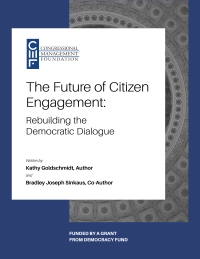Jamey Keaten and Matt O’Brien at the Washington Post: “The U.N. human rights chief is calling for a moratorium on the use of artificial intelligence technology that poses a serious risk to human rights, including face-scanning systems that track people in public spaces.
Michelle Bachelet, the U.N. High Commissioner for Human Rights, also said Wednesday that countries should expressly ban AI applications which don’t comply with international human rights law.
Applications that should be prohibited include government “social scoring” systems that judge people based on their behavior and certain AI-based tools that categorize people into clusters such as by ethnicity or gender.
AI-based technologies can be a force for good but they can also “have negative, even catastrophic, effects if they are used without sufficient regard to how they affect people’s human rights,” Bachelet said in a statement.
Her comments came along with a new U.N. report that examines how countries and businesses have rushed into applying AI systems that affect people’s lives and livelihoods without setting up proper safeguards to prevent discrimination and other harms.
“This is not about not having AI,” Peggy Hicks, the rights office’s director of thematic engagement, told journalists as she presented the report in Geneva. “It’s about recognizing that if AI is going to be used in these human rights — very critical — function areas, that it’s got to be done the right way. And we simply haven’t yet put in place a framework that ensures that happens.”
Bachelet didn’t call for an outright ban of facial recognition technology, but said governments should halt the scanning of people’s features in real time until they can show the technology is accurate, won’t discriminate and meets certain privacy and data protection standards….(More)” (Report).

